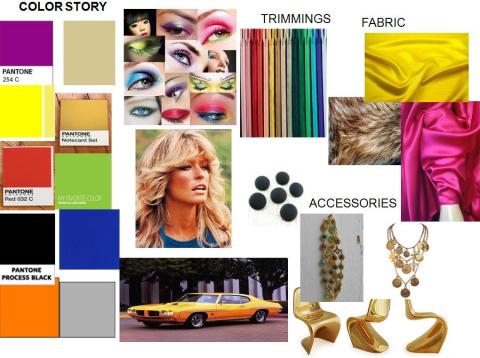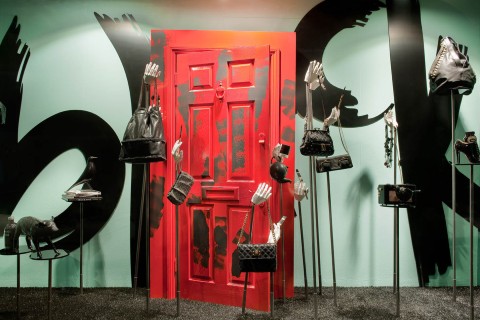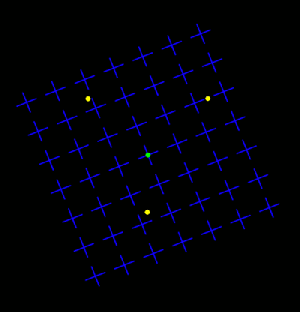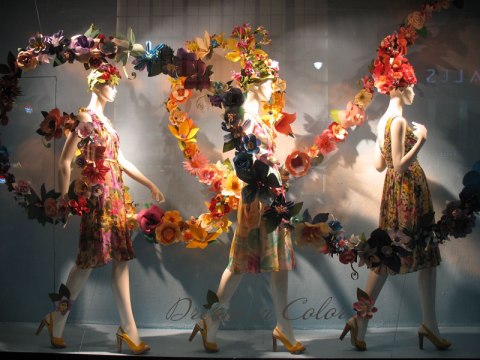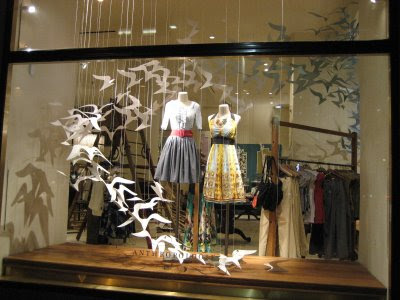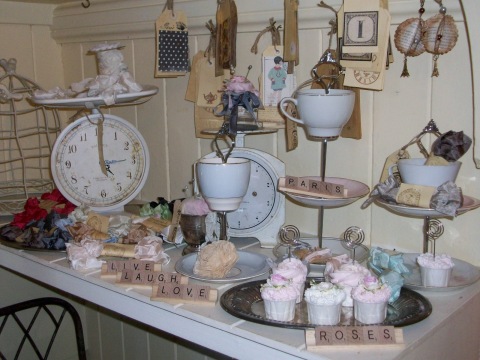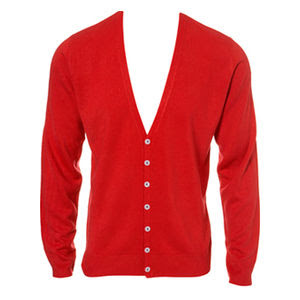Color Psychology
People react to color in some common ways. However, individual responses can vary.
The display person will not be able to provide the ideal setting for each customer, but can satisfy the majority.
Yellow:
Sunshine, happy, bright, cheerful, fun, alive. Spring, summer, Easter.
Orange:
Friendly, sociable, agreeable, glowing, exciting, vibrant and filled with anticipation.
Can be harsh or indicate danger.
Red:
Exciting, stimulating, powerful and sexy. Strong and passionate. Valentine’s, Christmas, Patriotism.
Conveys “Sale.” Can also be warning or fire.
Pink:
Sweet, lovely, pretty, girly. Mother’s Day, Easter, lingerie. Can seem insipid or fleshy.
Green:
Cool, alive, growing. Springtime, lawns, forests, eco-consciousness. Good for St. Patrick’s Day or Christmas. Darker greens can be military, pale greens can look institutional.
Blue:
Most popular color. Cool, comfortable, calm. Skies, lakes, flags. Shadows on snow, home, summer water, flags. It is quiet but can be moody or depressing.
Blue-green:
Cool, tasteful, sensitive and restful. Vital and alive, yet quiet. Water, sea, sky and grass.
Peach:
The warmth and excitement of orange without the grating qualities. Smiling, glowing it is easy to be with and delightful to be in. A pastel earth tone.
Rust:
Full bodied, the warmth of orange but not irritating. The color of autumn.
Purple:
Traditionally regal, it is now associated with children – happy and youthful. In deeper tones it is taste, distinction. Can be overbearing or pompous.
Gray:
Makes no statement and supports other colors well. Depressing or super-elegant and sophisticated.
Brown:
Earth, hearth, home, family, farm, wood, clay. A warm nuetral that lets other colors step forward, but unlike gray, does not disappear.
White:
Blank, but supports other colors well, making them brighter. Innocence, hope, angels, summer, clarity. Can also seem stark or sterile.
Black:
Night, mystery, absence, sex, death, intrigue, sophistication. Ultra-chic or ominous, it is a neutral that requires careful handling.
Color Families:
Warm – reds, yellows, oranges
Cool – greens, blues
Neutrals – Black, white, gray, brown
People of certain ages and types respond best to certain families. Elegant items show best against neutrals, while younger customers like warm brights.
Color Stories:
Analogous – create a close and pleasing harmony
Complementary – use with care and attention to proportion.






